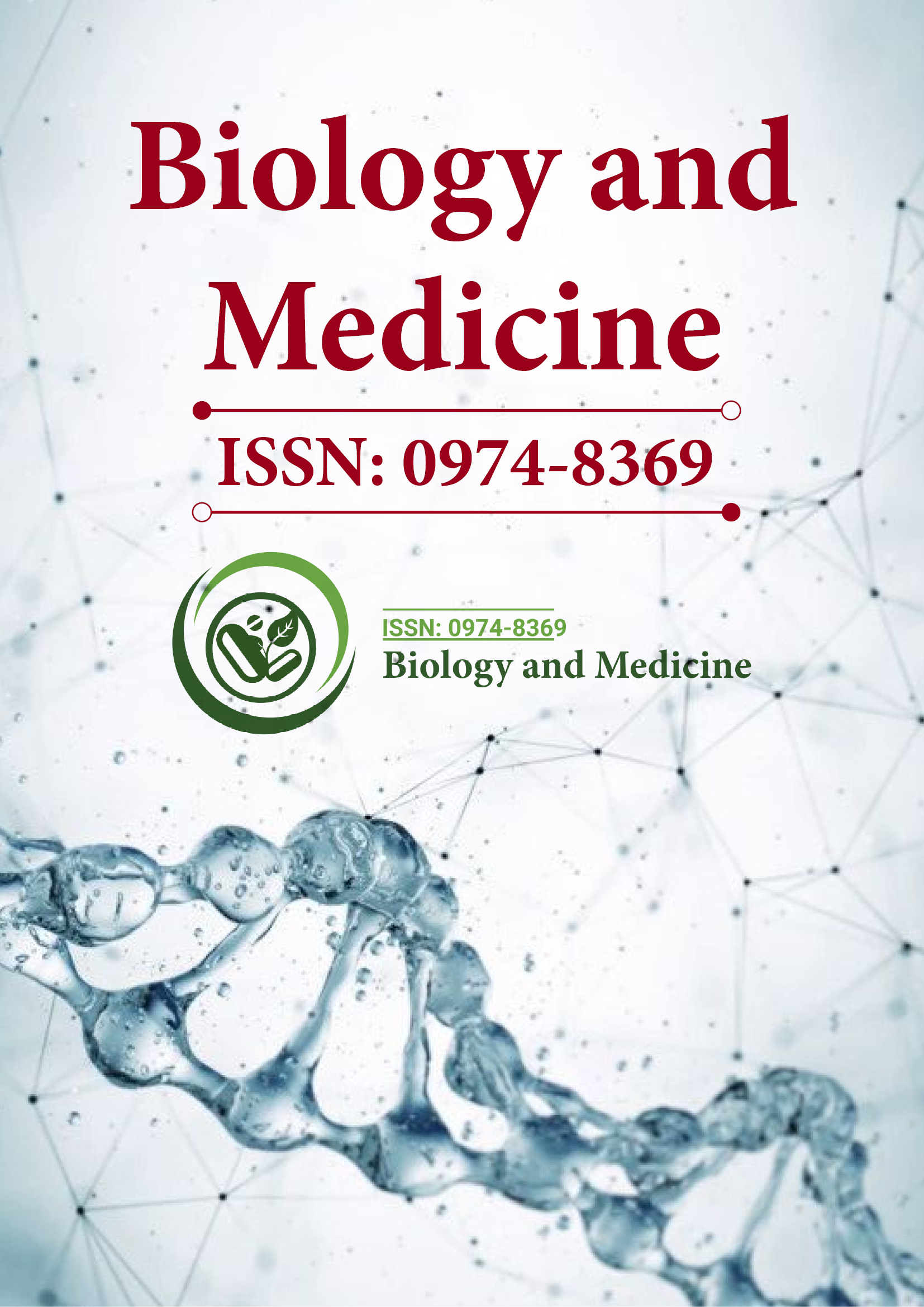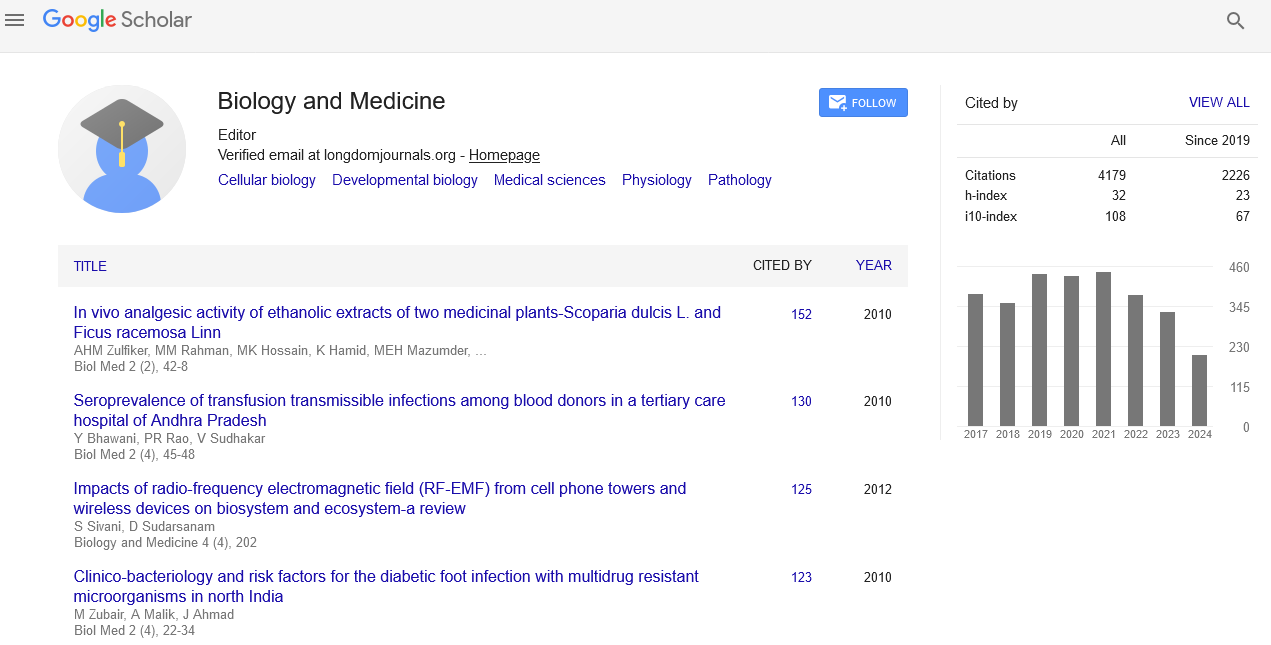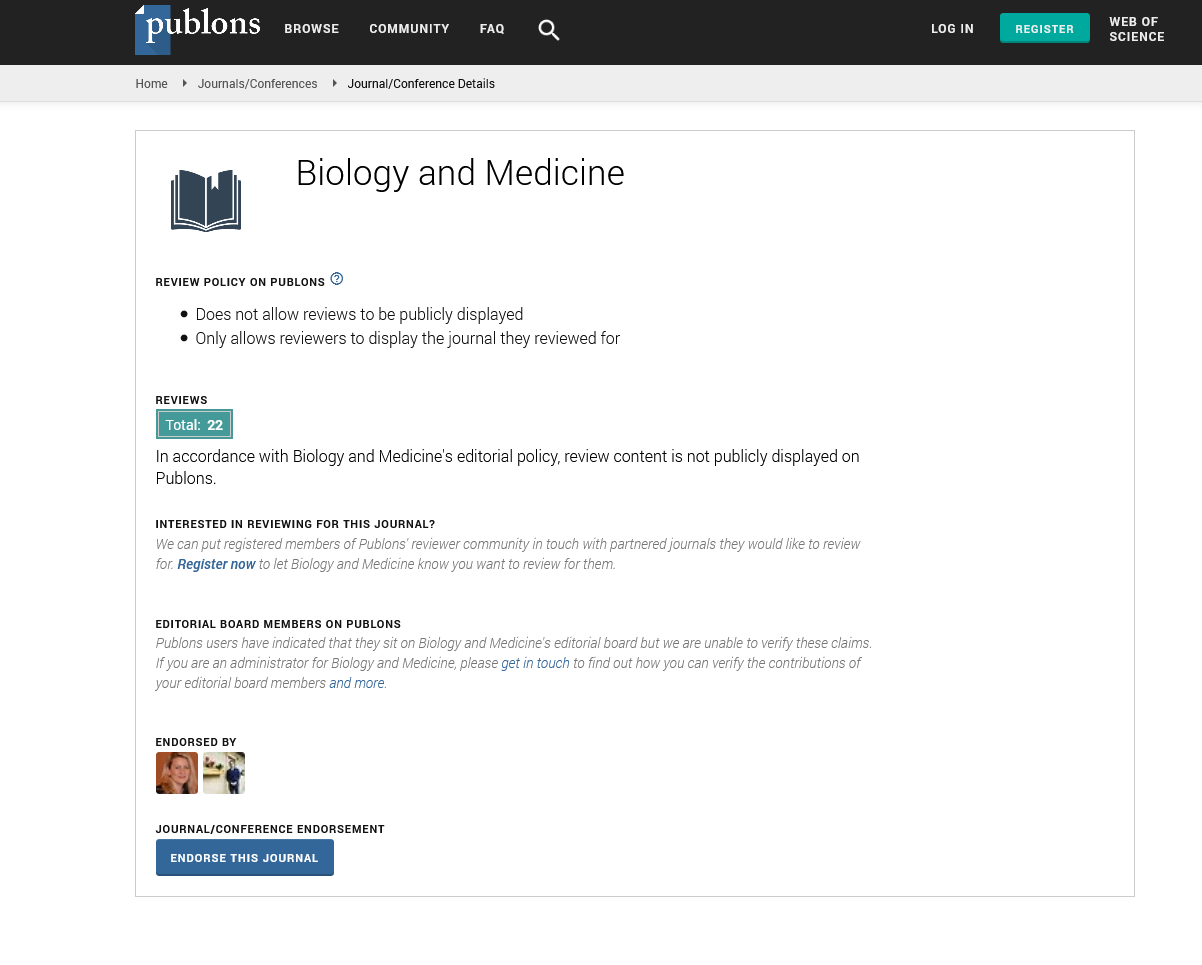Indexed In
- Open J Gate
- Genamics JournalSeek
- CiteFactor
- Cosmos IF
- Scimago
- Ulrich's Periodicals Directory
- Electronic Journals Library
- RefSeek
- Hamdard University
- EBSCO A-Z
- Directory of Abstract Indexing for Journals
- OCLC- WorldCat
- Proquest Summons
- Scholarsteer
- ROAD
- Virtual Library of Biology (vifabio)
- Publons
- Geneva Foundation for Medical Education and Research
- Google Scholar
Useful Links
Share This Page
Journal Flyer

Open Access Journals
- Agri and Aquaculture
- Biochemistry
- Bioinformatics & Systems Biology
- Business & Management
- Chemistry
- Clinical Sciences
- Engineering
- Food & Nutrition
- General Science
- Genetics & Molecular Biology
- Immunology & Microbiology
- Medical Sciences
- Neuroscience & Psychology
- Nursing & Health Care
- Pharmaceutical Sciences
Perspective - (2024) Volume 16, Issue 7
The Role of Transcription Factors and Gene Regulatory Networks in Fetal Development
Xueying Han*Received: 24-Jun-2024, Manuscript No. BLM-24-26730; Editor assigned: 26-Jun-2024, Pre QC No. BLM-24-26730 (PQ); Reviewed: 10-Jul-2024, QC No. BLM-24-26730; Revised: 17-Jul-2024, Manuscript No. BLM-24-26730 (R); Published: 24-Aug-2024, DOI: 10.35248/0974-8369.24.16.708
Description
Fetal development is a process requiring precise regulation of gene expression to ensure the formation of a fully functional organism from a single fertilized egg. Transcription factors and gene regulatory networks play central roles in this process by controlling the timing, location and level of gene expression. These molecular mechanisms guide cell differentiation, tissue formation and organ development, which are essential for normal fetal development. Understanding their functions provides insights into both normal developmental processes and the origins of developmental disorders. Transcription factors are proteins that bind to specific DNA sequences, thereby regulating the transcription of target genes. They act as molecular switches that can either activate or repress gene expression, thus influencing various aspects of development. Transcription factors are key regulators of gene expression throughout fetal development. For instance, Sox2 is essential in maintaining the pluripotency of stem cells, enabling them to differentiate into various cell types. As development progresses, other transcription factors, such as Oct-4 and Nanog, play essential roles in guiding cells towards specific developmental pathways.
During development, transcription factors helps to determine the fate of cells by directing them to adopt specific identities. For example, the transcription factor GATA-4 is essential for the development of the heart, guiding progenitor cells to differentiate into cardiac muscle cells. Similarly, Pax6 directs neural progenitor cells to develop into neurons, highlighting its role in central nervous system development.
The formation of organs and tissues involves complex interactions among transcription factors that coordinate the expression of genes required for morphogenesis. Transcription factors also regulate the timing of gene expression, ensuring that developmental processes occur in a sequential and coordinated manner. The transcription factor Myod, for instance, is essential for muscle differentiation at a specific stage of development, ensuring that muscle cells form at the appropriate time.
Gene regulatory networks consist of intricate interactions between transcription factors, their target genes, and other regulatory elements. These networks integrate various signals and coordinate gene expression to guide development. Regulatory networks often include feedback and feedforward loops that modulate gene expression dynamically. For example, the Notch signaling pathway involves feedback mechanisms that regulate cell differentiation and maintain the balance between stem cell self-renewal and differentiation. Different signaling pathways interact within gene regulatory networks to coordinate developmental processes. Wnt signaling, for instance, works with transcription factors such as TCF/LEF to regulate genes involved in cell proliferation and differentiation, ensuring that cells respond appropriately to developmental cues. Transcription factors can create gradients of gene expression that provide positional information within developing tissues.
The transcription factor Pax6 is essential for the development of the central nervous system. It directs neural progenitor cells to differentiate into neurons and glial cells, playing a essential role in brain formation. Similarly, Otx2 is involved in the development of the forebrain and midbrain, highlighting its importance in brain structure formation. During fetal development, transcription factors like Runx1 and GATA-1 are important for blood cell development. Runx1 is necessary for the emergence of hematopoietic stem cells, while GATA-1 regulates the differentiation of erythroid cells, illustrating the importance of transcription factors in blood formation.
Disruptions in transcription factors or gene regulatory networks can lead to developmental disorders and congenital anomalies. For instance, mutations in Sox10 are associated with Waardenburg syndrome, which affects pigmentation and hearing. Understanding these molecular mechanisms is essential for diagnosing and treating developmental disorders and for advancing personalized medicine approaches.
Citation: Han X (2024). The Role of Transcription Factors and Gene Regulatory Networks in Fetal Development. Bio Med. 16:708.
Copyright: © 2024 Han X. This is an open-access article distributed under the terms of the Creative Commons Attribution License, which permits unrestricted use, distribution, and reproduction in any medium, provided the original author and source are credited.


